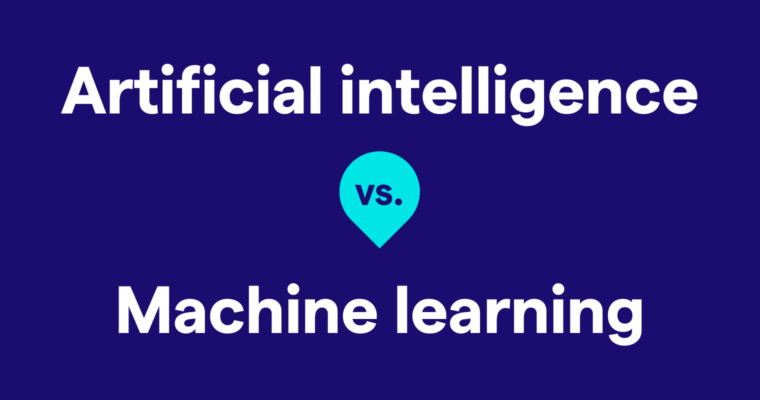
AI vs. Machine Learning Explained: A Clear Guide to the Key Differences
Here's the rewritten, concise version optimized for the featured snippet:

AI vs Machine Learning diagram
Artificial Intelligence (AI) refers to technology that replicates human-like learning and problem-solving capabilities. It encompasses all systems designed to mimic human intelligence, from simple chatbots to complex autonomous vehicles.
Machine Learning (ML) is a subset of AI that enables computers to learn from data without explicit programming. ML systems improve their performance through experience, using algorithms to identify patterns in data and make decisions with minimal human intervention.
Key Differences:
- AI is the broader concept of machines being able to carry out tasks intelligently
- ML is a specific approach to create AI by training on data
- All ML is AI, but not all AI is ML (some AI systems use rule-based programming)
Types of AI:
- Narrow AI: Specialized for specific tasks (like recommendation systems)
- General AI: Capable of understanding and learning across various domains
- Superintelligent AI: Hypothetical systems that could surpass human capabilities
Types of Machine Learning:
- Supervised Learning: Uses labeled data to make predictions
- Unsupervised Learning: Finds patterns in unlabeled data
- Reinforcement Learning: Learns through trial and error and rewards
Primary Benefits:
- Improved efficiency through automation
- Enhanced data analysis capabilities
- Personalized user experiences
- Reduced operational costs
Common Applications:
- Healthcare: Disease diagnosis and treatment planning
- Banking: Fraud detection and risk assessment
- Manufacturing: Predictive maintenance and quality control
- Customer Service: Chatbots and recommendation systems
Key Challenges:
- Data dependency and quality requirements
- Potential bias in algorithms
- Technical complexity and expertise needed
- Ethical concerns regarding privacy and job displacement
AI and ML continue to transform industries by improving efficiency, enabling deeper insights, and creating new capabilities. Understanding their distinctions and applications is crucial for leveraging these technologies effectively.
